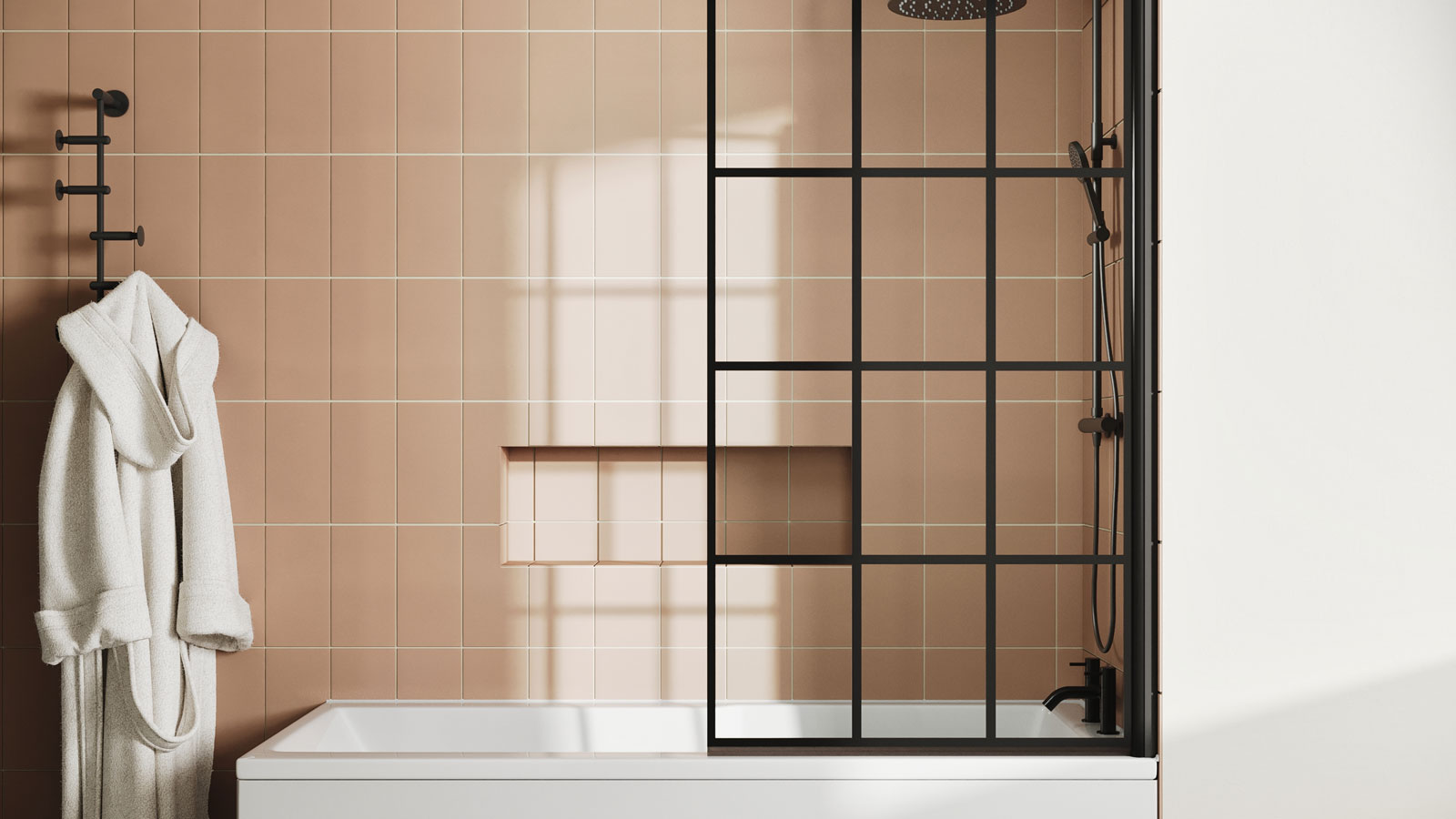House cladding can transform your exterior, but what are your options?
Picking the right type of house cladding can elevate the exterior appearance of your home or extension. We explore the options available and how to choose
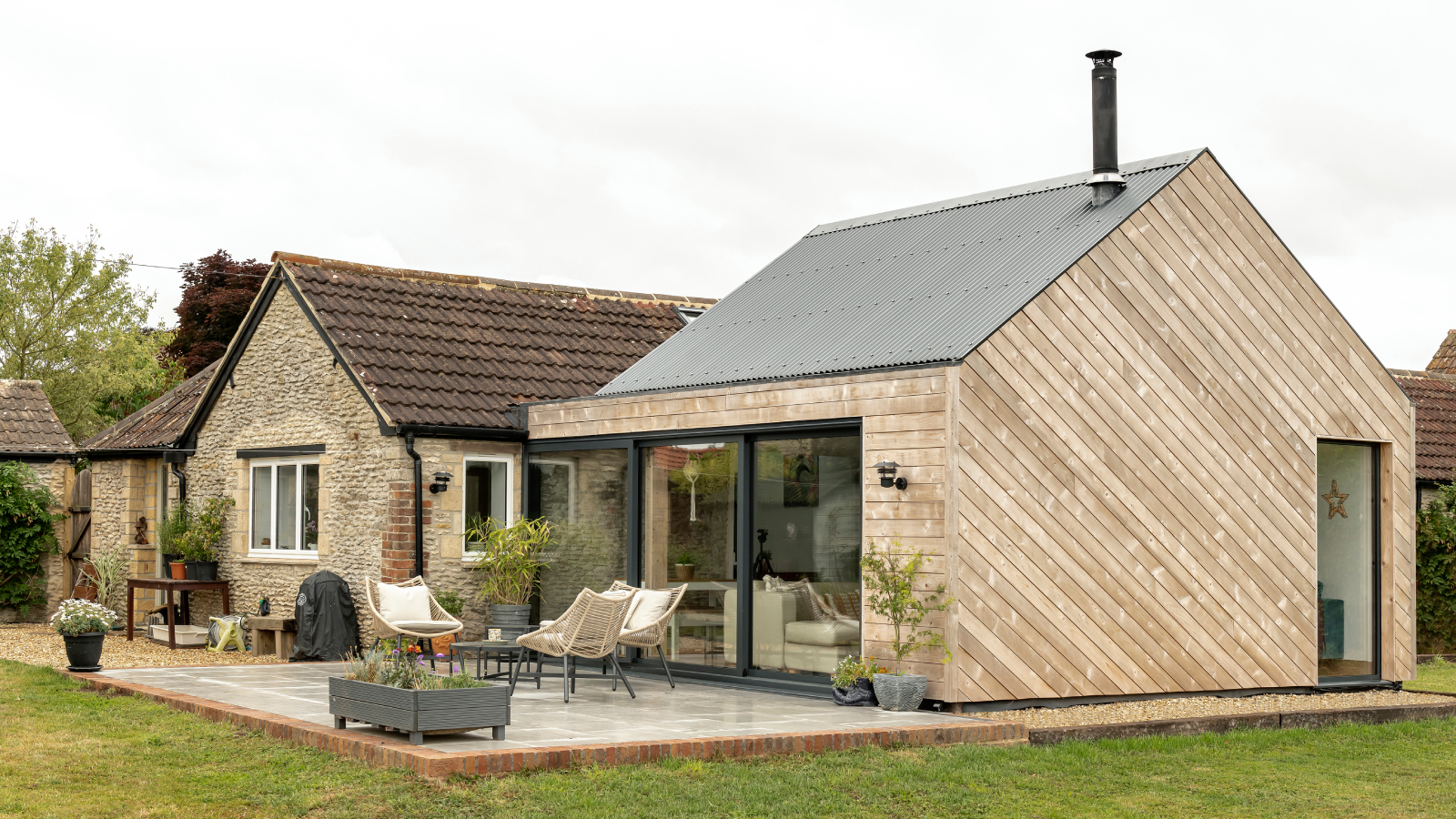
The exterior of your home leaves a long-lasting first impression, which means making the right house cladding choice is a matter requiring your time and attention.
However, along with looking at the appearance of house cladding, there's also the matter of how it's installed, how it will weather over time and if it will require a lot of maintenance. Plus, your local planning department may lean towards approving materials typically used in the local area, which could also narrow down your options.
Add to this the all important matter of budget and it's clear that choosing house cladding isn't a quick decision. In this guide to house cladding we take a look at how the experts recommend you choose the best material for cladding a house.
What is house cladding and what is its purpose?
"House cladding is simply a skin of a certain material we use to either protect the property from the elements or to improve the aesthetics of the core structural elements," says Rob Elkins, creative director and chairman of Artel31.
The term can be used to describe any facing material designed to be fixed to either all or part of the outer walls of a house. However, its purpose is not structural.
All houses used to be built with solid walls, using materials that were available nearby, such as stone or brick. But, in the 20th century, things began to change and standard wall-building practice began to use cavities between the inner and outer walls, often referred to as 'leaves' or 'skins'.
This meant that the load-bearing duties were now carried out by the inner leaf, while the weatherproofing was the responsibility of the outer leaf, with heat retention achieved by adding insulation between the two leaves.
Bring your dream home to life with expert advice, how to guides and design inspiration. Sign up for our newsletter and get two free tickets to a Homebuilding & Renovating Show near you.
As the outer wall no longer had to rest on the ground, instead being hung off the inner skin, it could now be made of much thinner sections with the sole purpose of providing protection from the elements, such as wind and rain.
House cladding ideas therefore often feature materials other than brick and stone, such as timber, tile, render, metal and uPVC amongst others.
Depending on the material, there are also different ways to fix house cladding which can also influence your decision. Sometimes it is attached directly to the wall (as is the case with brick slips, render and stone cladding, for example) or nailed on to timber battens (as with timber cladding).
However it's not just new homes or extensions that can benefit from house cladding. "Increasingly it’s also used as a retrofit solution to add external wall insulation to houses," adds Rob.
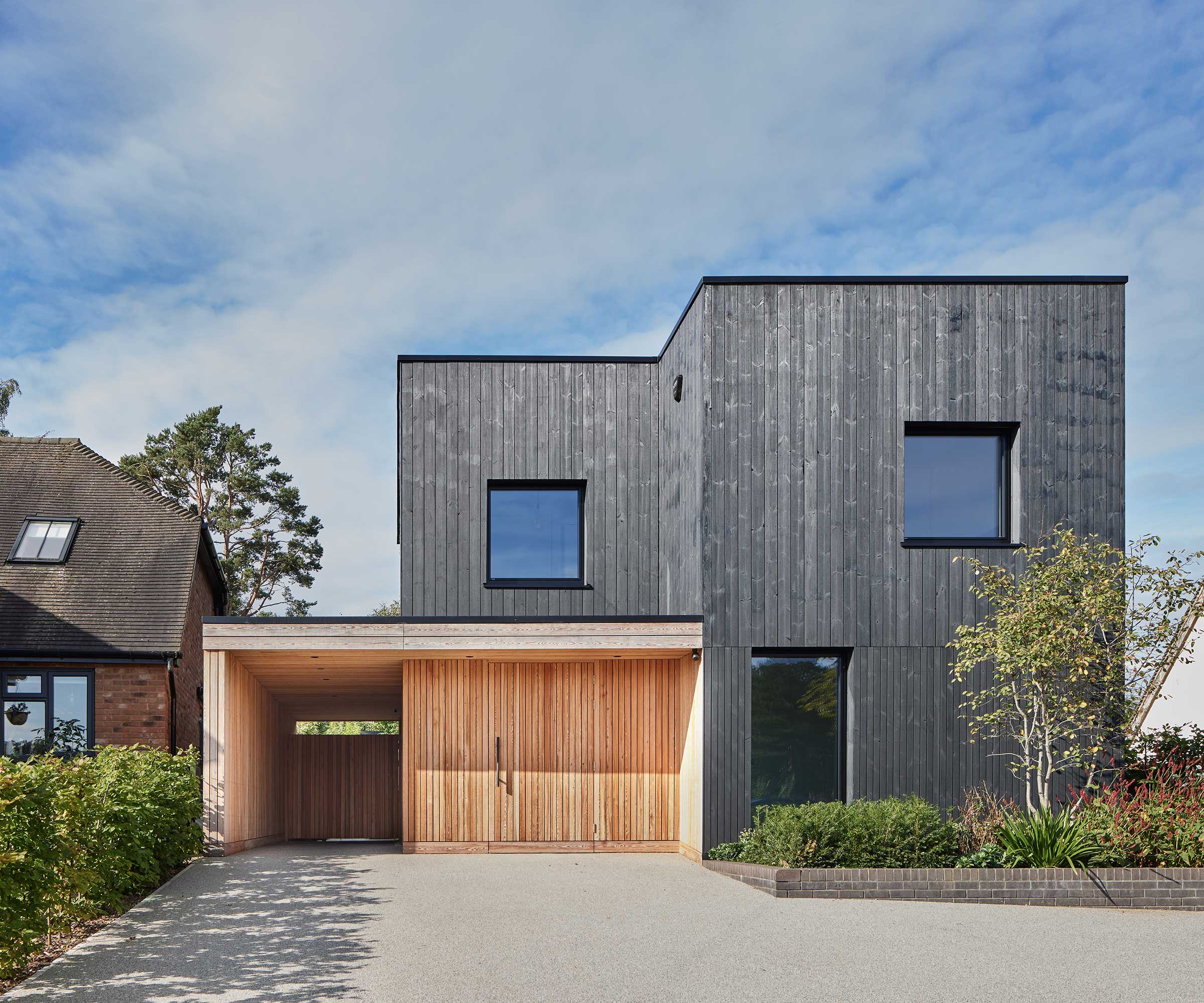

Rob Elkins is the Creative Director and Chairman of Artel31, an architect-led design and build firm dedicated to contemporary and sustainable design. His work focuses on balancing material and craft, with social and environmental responsibility.
Types of house cladding
When it comes to house cladding materials, there is a vast range of options available, with more detailed information on some of the most popular types available in our individual guides.
However, as an overview, the following are the main types of house cladding to consider when choosing how the exterior of your house will be finished:
- Timber cladding
- Brick cladding
- Stone cladding
- Render
- Tile hung cladding
- Flint
- Metal cladding
- uPVC
- Shou Sugi Ban cladding
- Cladding alternatives, such as fibre cement
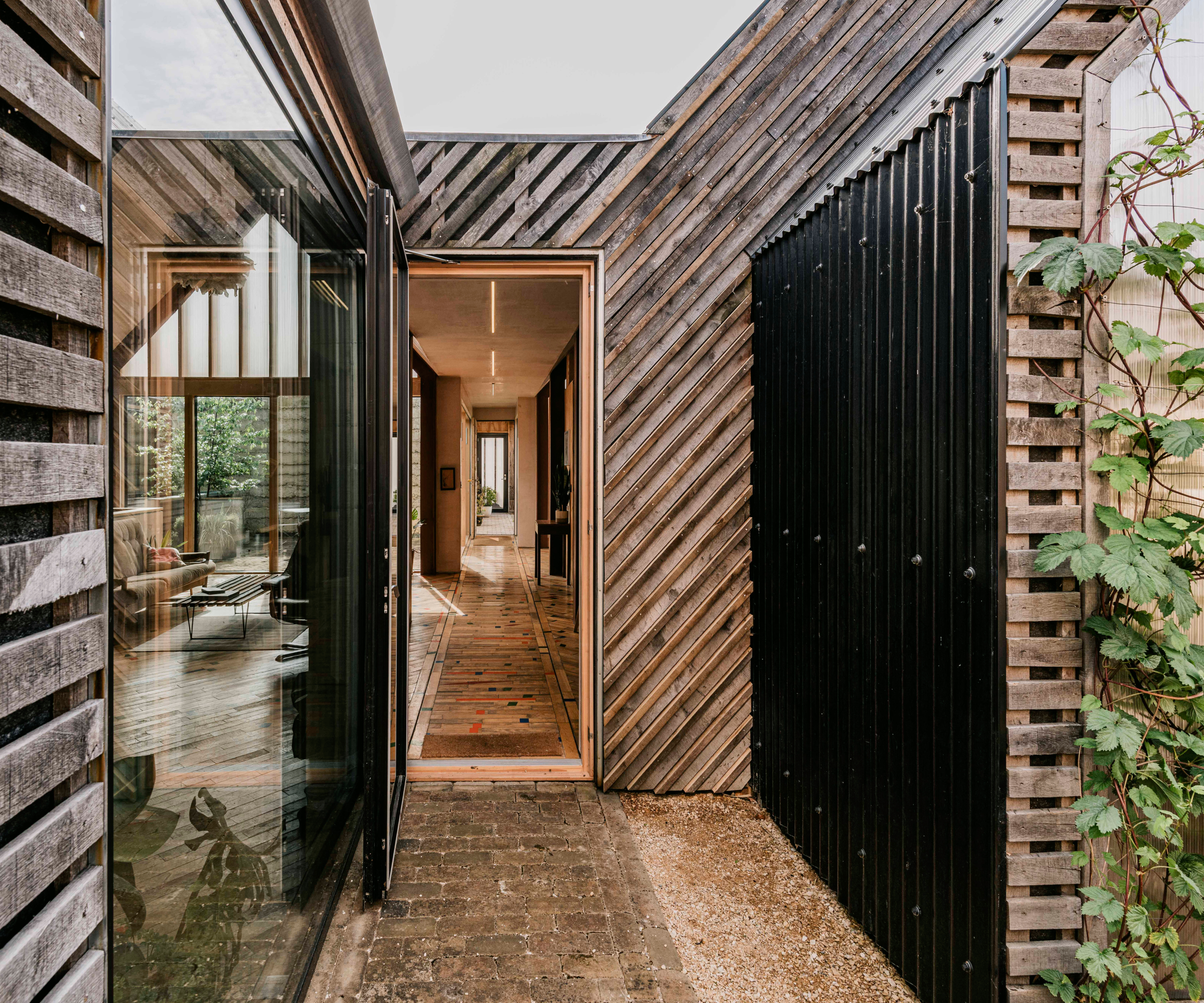
Each type of house cladding will have its own own pros and cons, costs and methods of installation, but if you're not sure where to start and how to choose, there are some simple steps you can take to kick-start the process.
How to choose house cladding
When cladding a house, the main concern for many homeowners tends to be how it will impact on the appearance of their house and whether it will suit its overall style. That said, your choice may actually be dictated by local planners, particularly if you are taking on a self build project. Often you might be expected to choose a material that fits in with your surroundings or neighbouring properties.
"As an architect I would obviously put aesthetics and performance at the top of the list," adds Rob Elkins, but you should also make sure you think about how it’s installed and maintained to maximise its sustainability.
"We use two hierarchies to help with this – zero waste and eco-toxicity (including Lifecycle Carbon Analysis). Often these can contradict each other with low carbon materials being of higher toxicity, so we end up with a mixed material palette to allow for the different areas."
When it comes to deciding on the aesthetics of house cladding, Rob also offers the following advice.
"Start with a strategy, decide if you want to celebrate vernacular materials or contrast them, then look to enhance the features of value on the property and diminish those of lower or negative value.
"Even simple cladding finishes like render can be improved by varying the finish or creating details to reduce it uniformity," he says. "Finally, always consider how to incorporate improved thermal efficiency as part of the works. Adding insulation makes financial sense, it won’t need to be done again until the cladding is next replaced."
When looking at house cladding, make sure you also consider who will install your house cladding (some timber cladding can be fitted on a DIY basis, for example.)
Weighing up the pros and cons of house cladding types
When weighing up the pros and cons of different types of house cladding, it's worth starting with the bigger picture and then narrowing it down to the specific material in question.
"I would just suggest that everyone starts by thinking about longevity and end of life for the cladding, more than just initial appearance and cost," suggests Rob Elkins.
"If you chose a product that will need regular maintenance you need to ensure its accessible, if it has a short life it needs to be easily replaceable. Length of useful life is often not considered in house cladding cost evaluations."
Once you've narrowed down your options, you can then start to dig into the individual details of each different type, weighing up aesthetics and practicality in equal measures.
Then, if you're looking at timber cladding ideas for example, Tom Barnes, managing director of Vastern Timber offers the following advice.
"Choosing timber cladding can feel overwhelming, with so many factors and options to consider. However, after years of helping clients with their projects, we’ve found that the decision-making process becomes much clearer when you break it down.
"Following this simple five-step approach makes it easier to navigate your options with confidence," says Tom.
- Wood species and grade
- Orientation of the boards
- Fixing method
- Cladding profile
- Cladding board width
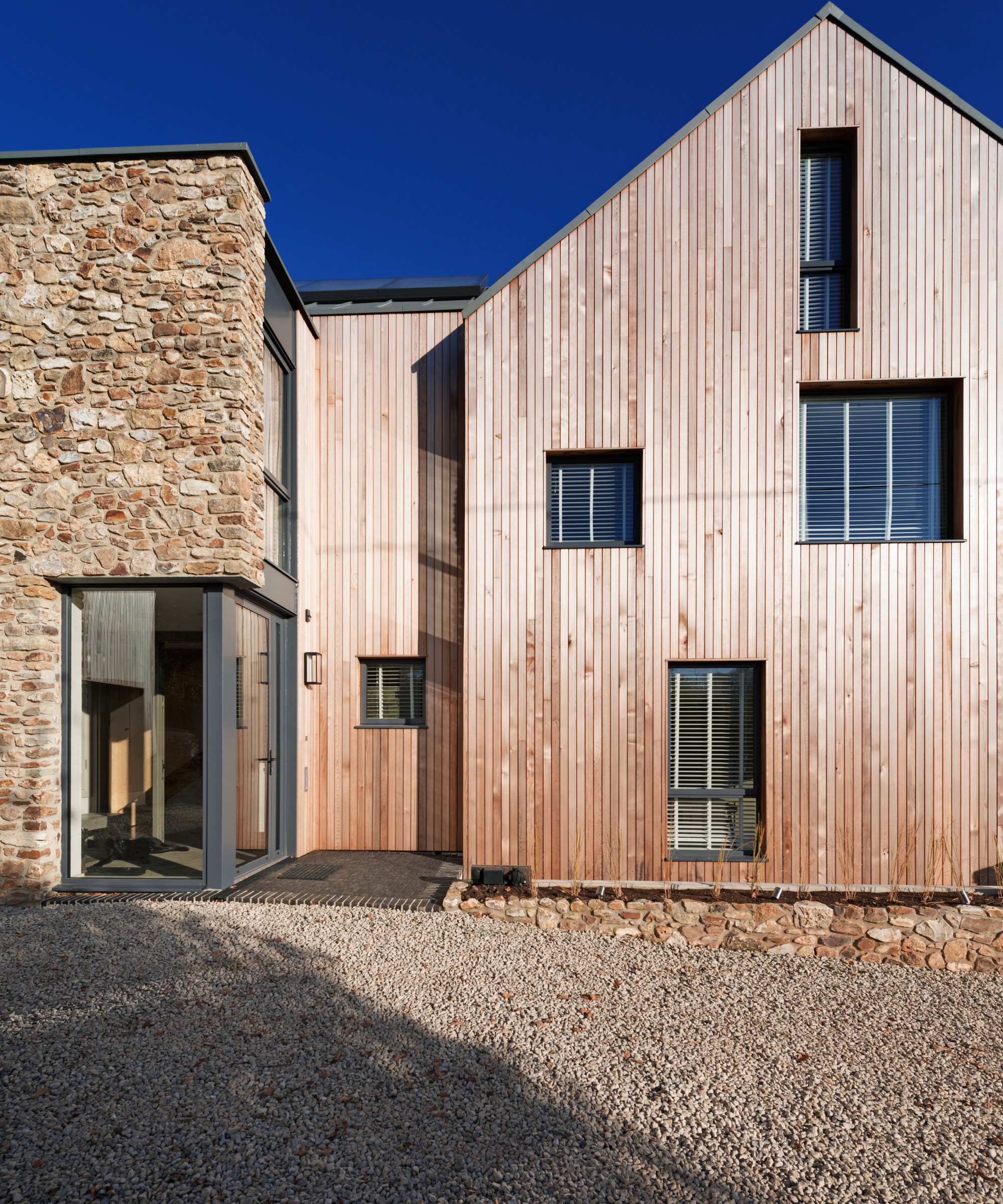

Tom Barnes heads up Vastern Timber, a family owned company that manufactures oak beams, timber cladding and hardwood flooring.
Cladding and planning permission
Do you need planning permission for external house cladding? Not always. If you are replacing like for like on an existing home, most people re-cladding a house find that the job falls under permitted development.
However, this won’t apply to listed buildings, or on any house on specially protected types of land such as those within a National Park or AONB.
If you live in a terraced or semi-detached house, whilst planning permission might not be a concern, you will also need to think about how the new cladding will affect your neighbours.
"I would always check with your local authority or a professional as although you have certain rights for maintaining your home, there are lots of caveats and local rules that can alter that position," adds Rob Elkins.
"Generally, if you’re thinking of re-cladding your home you should also be looking at options to increase the insulation of the walls at the same time," he advises, "and that should help weigh in your favour, in any application."
FAQs
Is uPVC house cladding a good choice?
uPVC house cladding is often one of the cheapest options when compared to other materials, although it should be noted that some of the top-quality versions may cost no less than timber.
uPVC cladding comes in white, coloured and timber-effect versions and is made from cellular PVC using a process that creates two layers. The outer skin contains UV-resistant titanium-dioxide – meaning that good quality uPVC is long lasting and requires minimal maintenance.
It is easy to fit on a DIY-basis, thanks to its lightweight properties and being sold as interlocking boards. However, the detailing is not always as delicate as that of timber and although lower maintenance than timber equivalents, uPVC can, over time, discolour – unless you are willing to pay more for those higher quality versions. These often come with up to 20-year discolouration guarantees.
What is Shou Sugi Ban cladding?
This is a charred timber cladding that originates from Japan. It might seem like a new idea, but is in fact a practice that has been around for hundreds of years in Japan.
It involves running a blowtorch across the surface of the timber boarding to blacken it, but not to burn it. The resulting look is a very attractive, black finish with lots of visual interest.
How are vertical hanging tiles used as cladding?
Tile hanging can be a great cladding option and it isn't just for those after a traditional-style home either.
A prominent feature of many houses in the South-East of England, tile hanging doesn’t come in cheap, at around £46/m², depending on the tiles (handmade clay will be considerably more expensive than concrete) but adds a great deal of character to a building.
There are contemporary tile hanging options too – large format porcelain tile cladding is also now available.
What types of house render are there?
There are many house rendering ideas to consider when it comes to external house cladding. As well as the standard cement-based renders there has been fresh interest in lime and clay plasters, as well as ‘monochouche’ (French for ‘single layer’ or ‘bed’) renders.
Monocouche renders use white cement and are pre-coloured, so that what you are applying is as much a decorative finish as a weatherproofing layer. They can be applied in one coat (typically around 15mm thick) and so, even though they will increase your house rendering costs initially, are less labour intensive than traditional renders. They'll also mean lower maintenance in the long-run — you won't need to re-paint them five to 10 years.
What is fibre cement cladding?
Pre-finished fibre cement board cladding is a long-lasting and very 'hands-off' option. It is available in a wide variety of colours and finishes and has many benefits.
"One of the trends we are seeing now is towards more natural products with homeowners increasingly thinking about the environmental impact of the products they use," explains Lisa Grosse, brand manager at Cedral. "Fibre cement uses fewer raw materials and less energy in its manufacture, produces less waste than some traditional building materials and is fully recyclable.
For some, the uniform, ‘perfect’ appearance of fibre cement cladding appeals, while others prefer the more natural, rustic appeal of real timber. Glass reinforced concrete cladding panels are another option.
Are brick slips an option when cladding a house?
Brick is often laid as a self-supporting, ground-bearing skin. However, brick slips are also an option and can be used both inside and outside the home when looking at your cladding options.
These are hung off a metal base that is fixed to an inner wall and, due to their thin profile, they can be a good option when installing external wall insulation to a home. However, although they are quick to lay, bear in mind that brick slips are an expensive house cladding option.
What types of stone cladding are there?
Stone house cladding is a popular choice with those after a warm, classic appearance, although, depending on the stone used, it can also create a very contemporary look.
It is considerably cheaper than using solid stone for the construction of a house, with some types coming in at around the same price as render.
Stones suitable for cladding include sandstone, slate and even limestone. Often, local planners will dictate they type of stone that can be used depending on what the local stone is in the area you are building.
What is 'rainscreen cladding'?
A rainscreen is a term that applies to an integrated system, complete with a concealed steel framework on which the external cladding material is fixed. It is also known as curtain walling and can be made from metal, glass or a modern take on traditional materials, such as tiles.
Ask the manufacturer about warranties for the cladding, and check that the material is acceptable to your structural insurance provider, to ensure that you’re covered.
How can I increase kerb appeal with house cladding?
If you are looking to make a quick profit from your home or just want to update the look of your house on a budget, consider simply improving on what you already have.
There are several ways to improve the appearance or 'kerb appeal' of a house without fully cladding it. For instance, painting any ugly brickwork or dirty grey pebble-dash a fresh new shade may well suffice.
Bear in mind, too, that it may not be necessary to clad the entire house – often focusing on just the upper storey or including a feature panel will smarten up an exterior.
Rob Elkins' final advice when choosing a material for cladding a house?
"From a design perspective, I tend to favour natural or honest materials that age gracefully and suit the building’s context, such as stone and charred/thermally treated timber.
"They offer a rich appearance and improved durability without the use of chemicals. I then love to contrast them with small areas of metal for its contrasting uniformity and elegance.
"That said," he adds, "the best choice always depends on context, budget, and design intent."
For inspiration take a look at our guide to zinc cladding ideas and if you've ever found yourself intrigued by the rich tones of steel, find out all you need to know about corten steel as a potential cladding choice.
Natasha was Homebuilding & Renovating’s Associate Content Editor and was a member of the Homebuilding team for over two decades. In her role on Homebuilding & Renovating she imparted her knowledge on a wide range of renovation topics, from window condensation to renovating bathrooms, to removing walls and adding an extension. She continues to write for Homebuilding on these topics, and more. An experienced journalist and renovation expert, she also writes for a number of other homes titles, including Homes & Gardens and Ideal Homes. Over the years Natasha has renovated and carried out a side extension to a Victorian terrace. She is currently living in the rural Edwardian cottage she renovated and extended on a largely DIY basis, living on site for the duration of the project.

